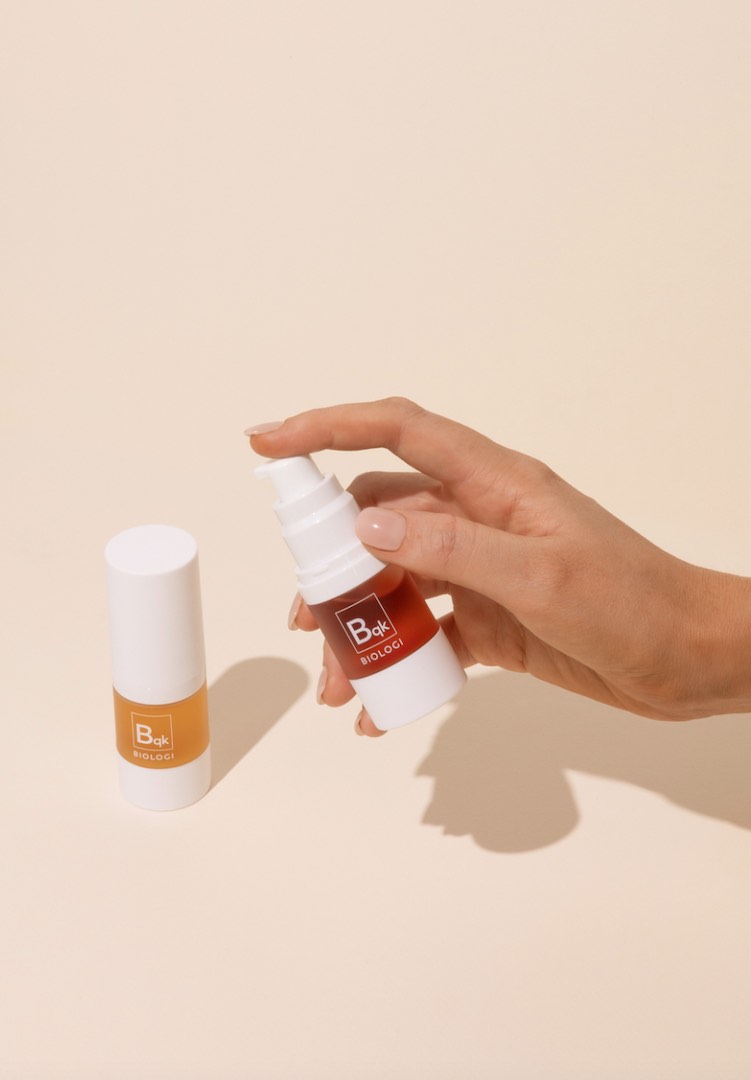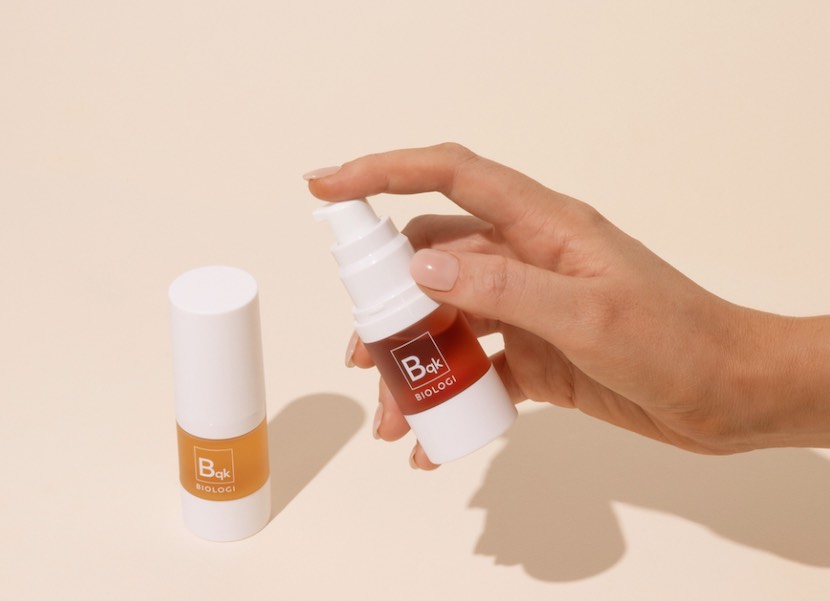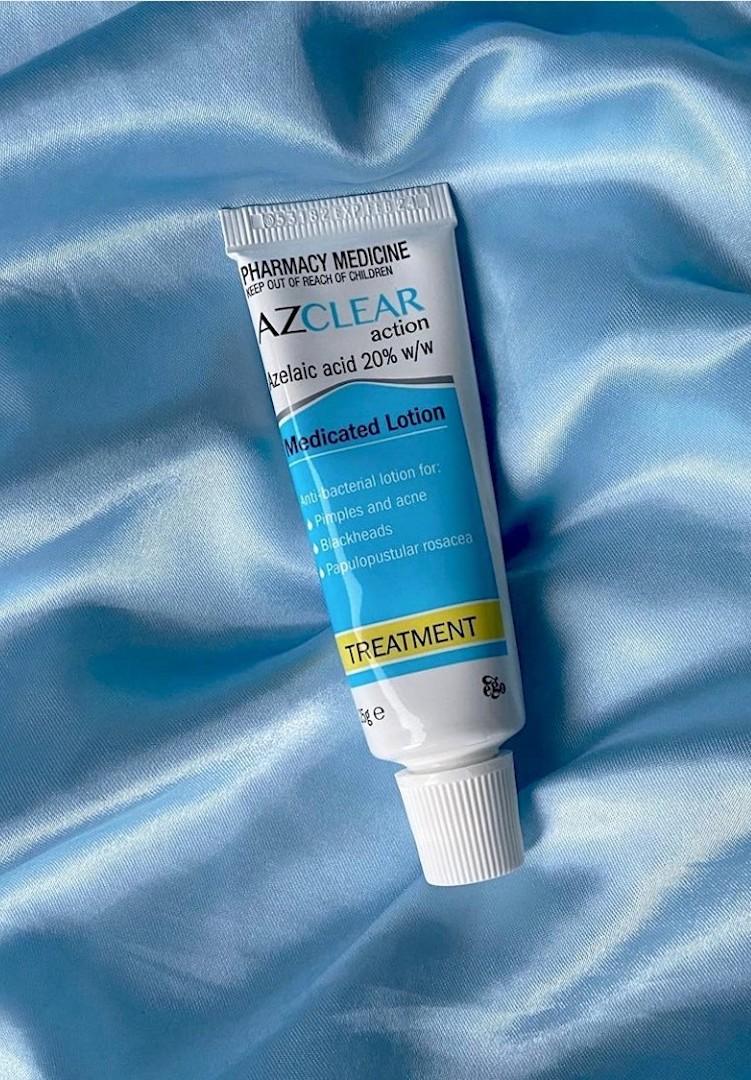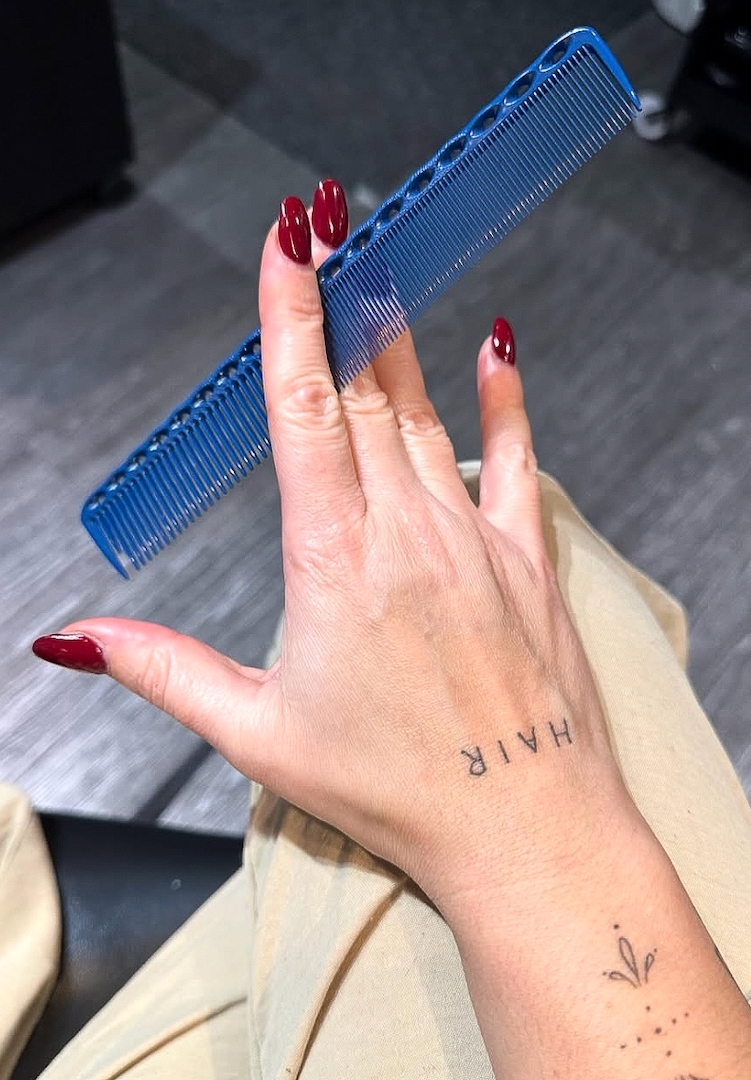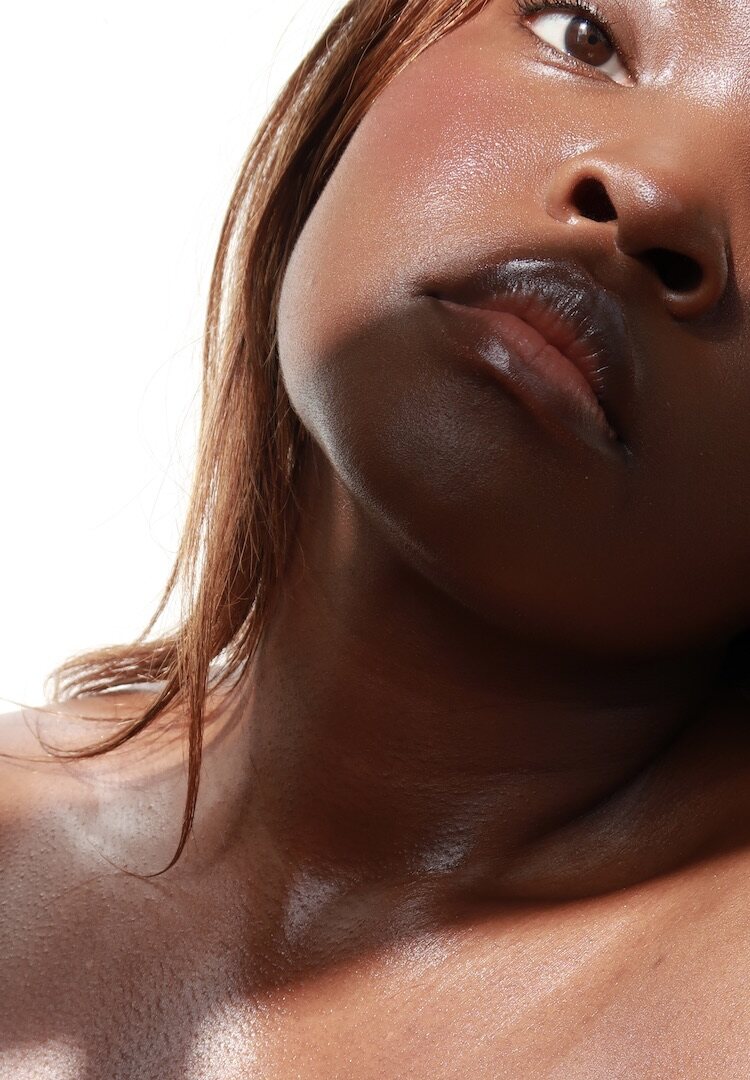An expert decodes skincare labels so you don’t have to
IMAGE VIA @biologiserum/INSTAGRAM
WORDS BY Ross Macdougald
Decoding your bathroom cabinet.
Hands up if you’ve ever found yourself bamboozled by what is written on a skincare product? Trying to cut through all the scientific words, skincare jargon and marketing spin can make it almost impossible to interpret.
We like nosy people. Don’t be shy, head to our Beauty section for more.
In fact, even the most dedicated skincare enthusiasts will likely agree. To help us interpret common phrases found on skincare labels, Biologi’s Founder and Cosmetic Chemist Ross Macdougald gives us the low down.
Natural
As consumers become more mindful about what they’re putting on their skin, they’re reaching for products that are ‘natural’, or ‘naturally derived’. This is obviously a great step forward as we want to avoid any toxic load that can happen over time if we apply too many synthetic ingredients. The trouble is, however, the word natural is often misused when it comes to the skincare and cosmetics industry.
Unfortunately, these industries are often largely unregulated and therefore there is a lot of grey area when it comes to what natural really means. In many cases, the word ‘natural’ on the front or back of a skincare product usually means there is a tiny percentage of natural ingredients, or that natural ingredients are in the product, but so are synthetic ingredients. To truly understand if a product is natural, you need to do a lot of digging. Research each ingredient listed and gain a true understanding of what’s really in the product.
Naturally derived
Naturally derived is another term that can be incredibly confusing because on the surface it sounds great, right? Well, unfortunately, what naturally derived really means is that a product does contain ingredients that once came from nature, but those ingredients have since undergone a process that no longer really deems them ‘natural’. Naturally derived is unfortunately just a term that some clever marketing folk created to tap into the clean beauty and green beauty markets.
Dermatologist approved
This is another phrase that has been created by the geniuses in marketing departments because why wouldn’t you want a product that has been approved by the experts! Well, unfortunately, to get something ‘dermatologist approved’, a brand will typically pay a dermatologist to give their stamp of approval. This means that there really doesn’t need to be any standardised testing or that the product actually works.
It just means the dermatologist got paid to approve the product and unfortunately not all experts are totally credible if there’s cash involved. The same goes for ‘dermatologist tested’, it simply means that a product was reviewed by a dermatologist, but there is no proof that any other testing went into it.
Fragrance
Fragrance is widely used in many products and on their own, however, it’s another term that can be misused quite a bit. Unfortunately, brands do not need to disclose the ingredients used to actually make a fragrance, therefore (unless it’s stated otherwise), it can be a mixture of chemical components.
If you’re looking for something natural and completely safe, try to steer clear of products that contain fragrance. The same goes for ‘natural fragrance’ or essential oils – these aren’t always good for your skin. In fact, many essential oils or what is often code-worded as a natural fragrance, contain known skin sensitisers that can lead to a host of skin conditions.
Alcohol
When it comes to skincare, alcohols come in many forms and are often called something completely different. This can create a lot of confusion because if you don’t know the specific names, you wouldn’t know you’re putting alcohol on your skin! The alcohol-based ingredient that many people might be aware of is ethanol. Ethanol can cause drying and dermatological damage to our skin. Other alcohols such as fatty alcohols like cetyl and cetostearyl alcohol are used in cosmetics as emulsifiers that help bind water and oil components of the formula.
These alcohols do not give any skin benefits but are there to keep the formula stable and stop the splitting of the water and oil-soluble components. The issue here is that these emulsifiers do such a great job at binding, that once applied to the skin they keep binding. This means that they don’t release the water and oil into the skin (which are usually the active ingredients) and instead hold them on top of the skin (causing occlusion and rendering it of no benefit to the skin).
Parabens
By now, many people are aware that parabens in skincare are a big no-no. This fact is great since it means that consumers are becoming educated about ingredients and understanding that parabens have been linked to things like cancer, hormone disruption, DNA damage and increased skin ageing.
However, to keep on the safe side, try to avoid anything ending with the word paraben, such as ingredients like methylparaben, butylparaben, ethylparaben, propylparaben and isobutylparaben. Also, be careful of focusing too hard on the ‘free from’ factors of a skincare product (which can often take you away from what is really in the product) – more on that later.
Hypoallergenic
Hypoallergenic is unfortunately a very generic phrase that is meant to refer to a product that will cause fewer allergies (compared to other products that don’t make the same claim). However, ‘hypoallergenic’ only implies that it will not cause irritation but is not a legally binding term. This means that there really isn’t any guarantee whatsoever that there will be no skin irritation.
Most people with particularly sensitive skin will often reach for a product that is labelled hypoallergenic however in many cases it can skin cause irritation and sufferers can suffer more! If you do fall into the category of sensitive skin, it is wise to see a dermatologist who can properly test your skin and determine what might be causing any allergies.
Non-comedogenic
This is another one of those phrases that is widely used in the skincare industry (thankfully this time it is a beneficial factor), however, not many people really understand what it means. Non-comedogenic refers to not containing ingredients that are known to clog up pores (hence, reducing the likelihood of getting acne). If a product is non-comedogenic, this is a great thing and can be a brilliant choice for anyone wanting to prevent breakouts.
Free from…
There has been a big trend lately of brands claiming a whole list of ‘free from’ ingredients, such as free from parabens, sulphates and the list goes on. These ingredients are often considered ‘nasty’ and it’s great that brands are avoiding them. However, what is now happening is that the term ‘free from’ is being used to shift the focus from what’s actually in the product. This means that the product can still contain a whole host of toxic ingredients but because the consumer is focused on the bad ones that aren’t in the product, they might forget to really delve into the other ingredients.
Also be aware that many brands don’t include a full listing of their ingredients so what can be left out is the synthetic emulsifiers and preservatives. While there are mandatory standards required in Australia for ingredient labelling, some ingredients can be called something else, or under a banner term (such as mentioned earlier when talking about fragrances). In all cases, be sure to do your research on any ingredient – Google can be your best friend!
What else?
My advice when purchasing skincare products is to always consider why you are buying the product. In many cases, people get caught up on hype, celebrity endorsement, dermatologist endorsement or the packaging, rather than the actual product. Just because it’s a ‘cult product’, has the cool factor or comes with pseudoscientific claims, doesn’t mean it will be right for your skin. Always remember that brands spend hundreds of thousands of dollars each year to make you want to buy a product! That doesn’t mean it will always work as it says or will be the best option for your skin.
When it comes to purchasing skincare, don’t believe everything you read and if it sounds too good to be true, it usually is! One of the reasons I created Biologi is to take some of the confusion out of buying skincare. We create single plant extract skincare that contains just two ingredients – a plant extract and 0.2 per cent of a preservative (that’s it). Thanks to our revolutionary extraction technology, we’ve been able to mimic the plant’s internal closed process to extract serums that work in the bottle just as they do in the plant.
For more on decoding skincare ingredients, try this.


